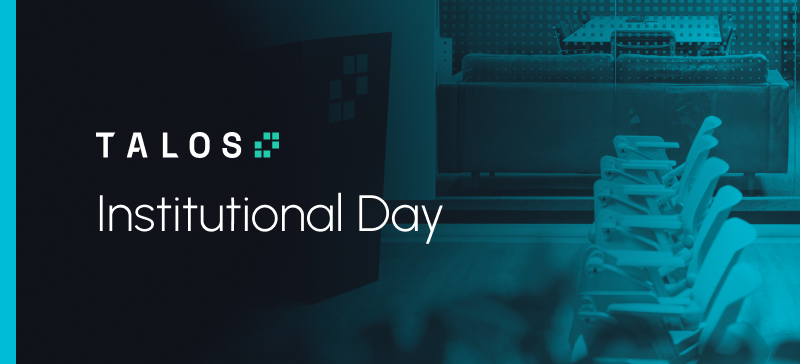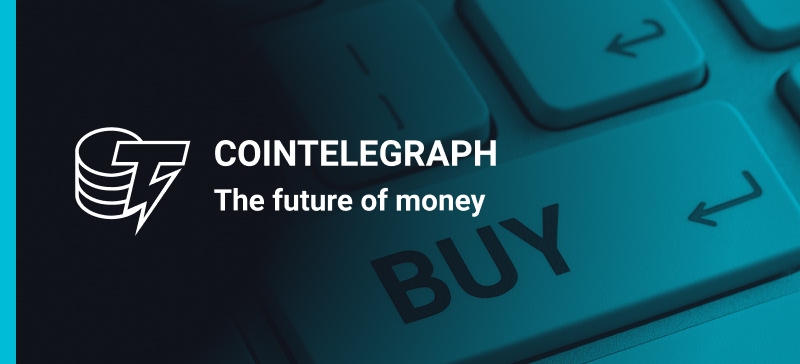Tools of the Trade: What Institutions Will Need for MiCA’s Best Execution Obligation
Tools of the Trade: What Institutions Will Need for MiCA’s Best Execution Obligation
Introduction
The European Securities and Markets Authority (ESMA) recently published its Final Report on Draft Technical Standards for the Markets in Crypto Assets Regulation (MiCA) intended to enhance investor protection, promote transparency, and establish a level playing field for all participants in the crypto-assets sector.
The best execution obligation
“Best Execution” is a fundamental principle in financial services, requiring sell-side brokers and other service providers to ensure they obtain the most advantageous terms for their clients when executing transactions. At the same time, buy-side institutions have a fiduciary obligation to execute their strategies in a manner that is solely in the best interest of the underlying investors, free from bias or monetary benefits for directing orders to specific counterparties.
With MiCA, crypto-asset service providers (CASPs) will be required to build, monitor, and document a robust best execution framework, akin to what is normally found at traditional financial services firms on both the buy and sell side. The essence of this obligation is to ensure that these providers take all sufficient steps to achieve the best possible result for their clients, taking into account a number of factors including the price of the crypto-assets, the costs of execution, speed of execution, likelihood of execution and the nature of the order.
What tools do institutions need to achieve best execution?
Let’s unpack some of the key best execution factors – e.g., price, cost, speed and likelihood of execution – and the technology required to address them.
Price
Institutions trading digital assets at scale need a way to access multiple trading venues across the fragmented market to ensure discovery of the best available prices. This means establishing connectivity in order to ingest and normalize data, and aggregate liquidity. In addition, it is important to interact with this aggregated liquidity using a smart order router (SOR) that sends orders to the individual trading venues in response to real-time price, liquidity and other market microstructure factors outlined below.
Cost
An institutional trading system should evaluate implicit and explicit costs such as transaction costs, including fees, commissions, market impact and other relevant expenses to provide a complete picture of the cost of execution.
Speed
Algorithms and order routing should be adaptive in real time to appropriately prioritize swift execution (e.g., dealers with the fastest round trip latencies) in order to capture favorable market conditions. At the same time, the trading infrastructure should be configured to minimize latencies from tick to trade and throughout the system.
Likelihood of Execution
Trading systems should continuously assess the probability of a successful trade execution across various venues, factoring in depth of market liquidity, trade velocity, venue-specific funding constraints (pre-funding balances or available credit), and historical execution patterns, including market uptimes.
How can institutions demonstrate compliance with best execution?
At each stage of the trade lifecycle, there are steps that institutional traders can take in order to pursue, monitor and demonstrate best execution.
Pre-Trade
As mentioned above, in order to discover the best prices available across a fragmented market, it’s important to be able to establish connections to access and normalize pricing and liquidity from multiple venues. This connectivity forms the basis of a singular, aggregated view of liquidity across the market against which advanced algorithms and order routing can be applied.
Intra-Trade
At this stage, the role of the algorithms and smart order router (SOR) becomes critical to incorporate the many factors that comprise best execution mentioned above, including price, speed and likelihood of execution as well as balance and credit constraints. A high-performing algorithmic strategy and SOR would incorporate historical and real-time data and make adjustments to its order sizing and routing in real time.
Post-Trade
While best execution is achieved during the pre- and intra-trade stages, it’s during post-trade where compliance with best execution standards can be fully reported on. Post-trade TCA is not a new concept in capital markets, but remains relatively nascent in digital assets. A robust analytics and reporting platform helps market participants assess execution outcomes vis-à-vis various benchmarks. It also documents order handling and provides metrics related to the best execution factors mentioned above.
In addition, by analyzing transaction costs, institutional investors can evaluate the efficiency of their trading strategies, identify areas for improvement, and make more informed decisions about broker selection, order routing, and execution techniques.
How Talos supports achieving and demonstrating best execution
Talos has built a digital assets provider network that includes integrations with over 50 of the world’s leading trading venues, providing our clients with connectivity to a broad range of liquidity sources that can be aggregated into a single order book for advanced execution.
Talos holistically incorporates best execution factors into real-time monitoring and analysis of market conditions, informing Talos’s advanced algorithms and SOR.
Intra-trade TCA allows clients to monitor execution performance and informs algorithmic trading strategies, while post-trade analytics help clients assess their trading performance as well as the performance of their liquidity sources. Lastly, post-trade reporting from the Talos platform can help clients meet their regulatory requirements.
Learn more about how Talos supports best execution.

Disclaimer: Talos Global, Inc., together with its affiliates (collectively, “Talos”), is not an investment advisor or broker/dealer. No Talos product or service constitutes an offer to buy or sell, or a promotion or recommendation of, any digital asset, security, derivative, commodity, financial instrument or product or trading strategy. No Talos product or service is intended to constitute investment advice or a recommendation to make (or refrain from making) any kind of investment decision and may not be relied on as such.
Latest insights and research
Request a demo
Find out how Talos can simplify the way you interact with the digital asset markets.






